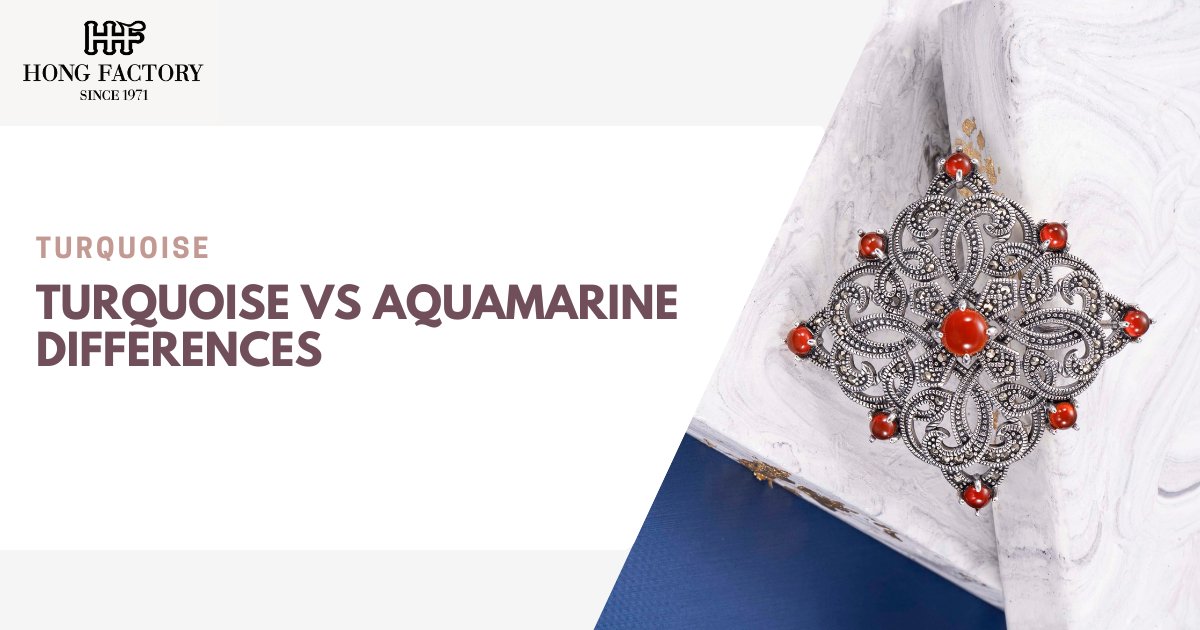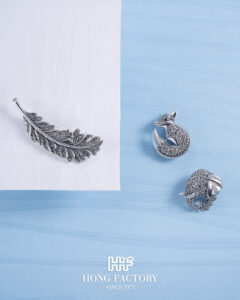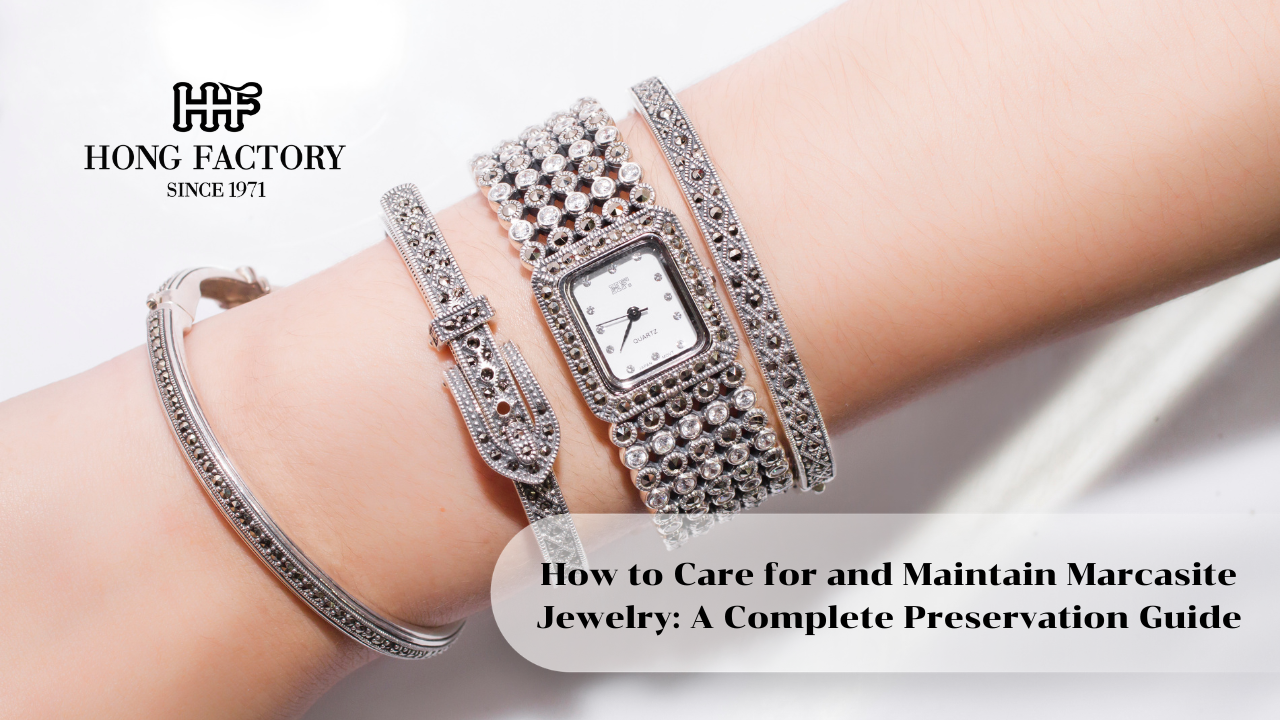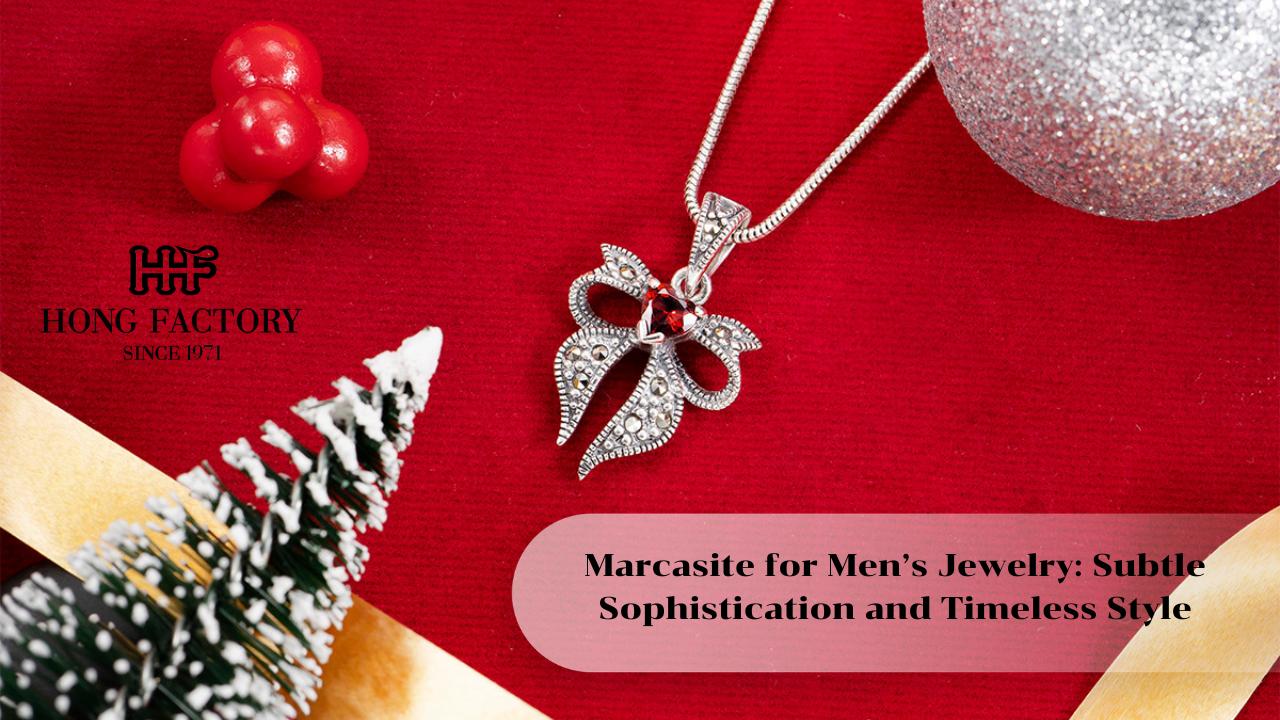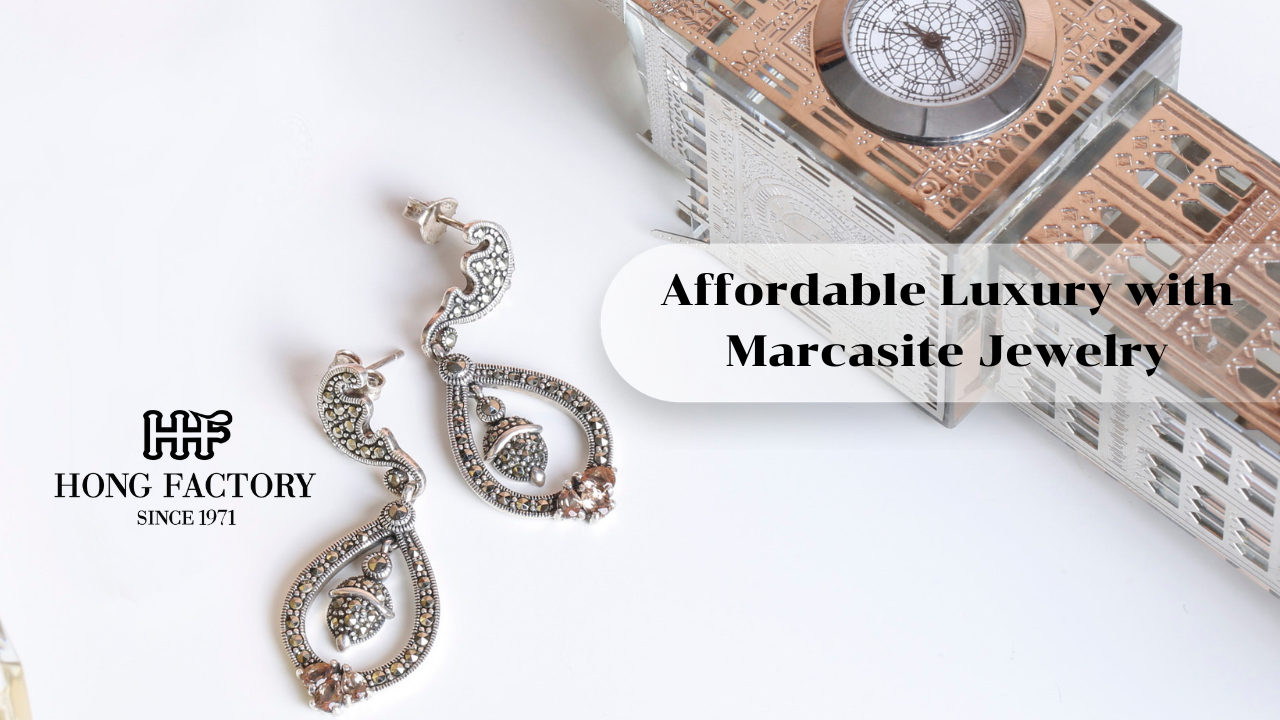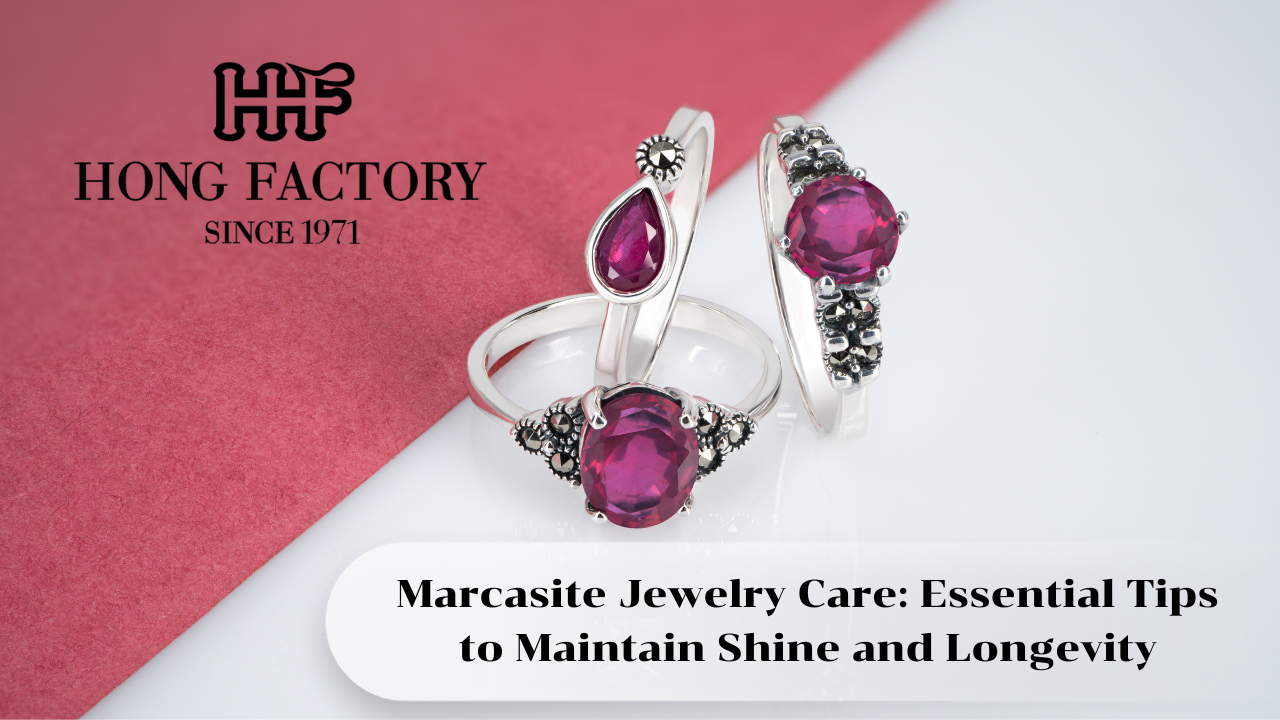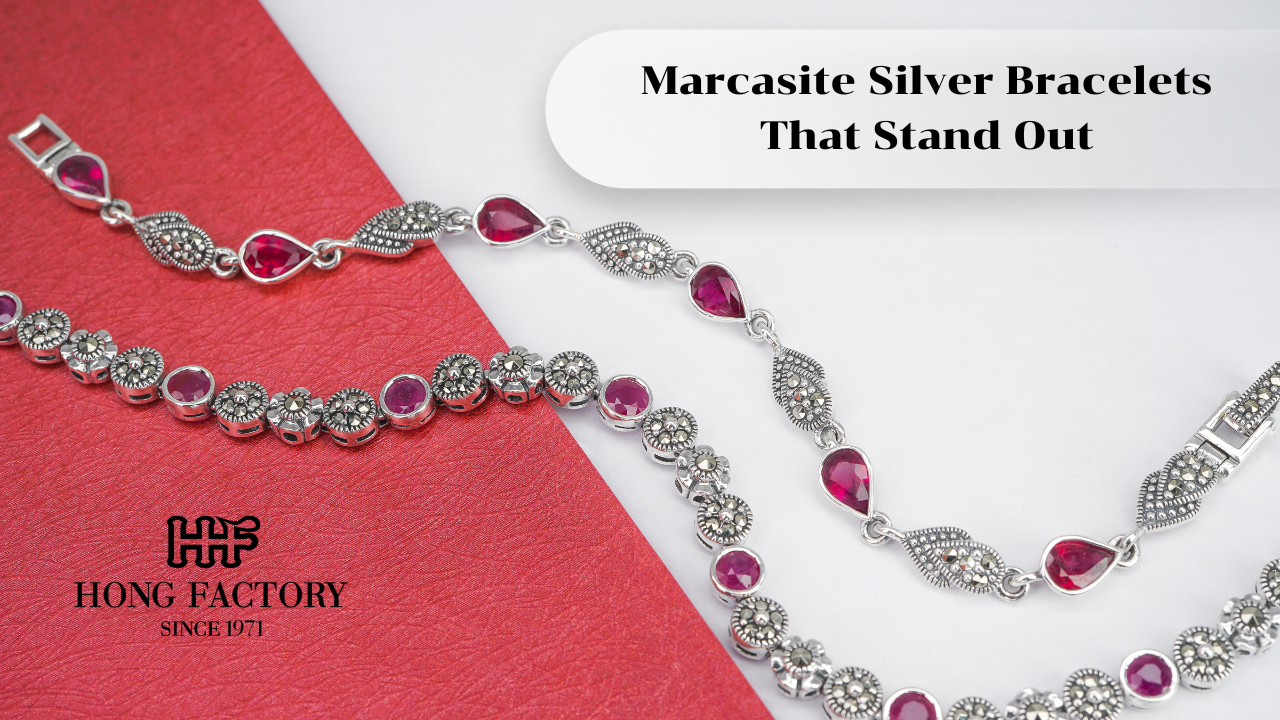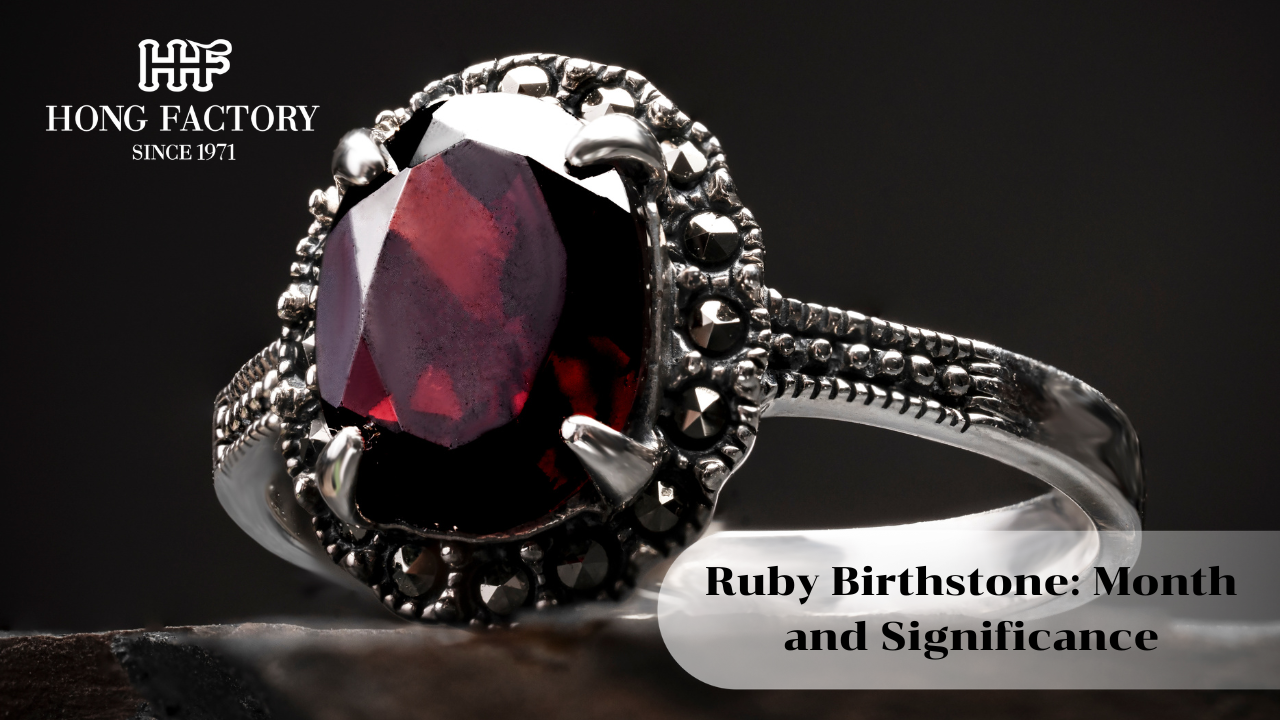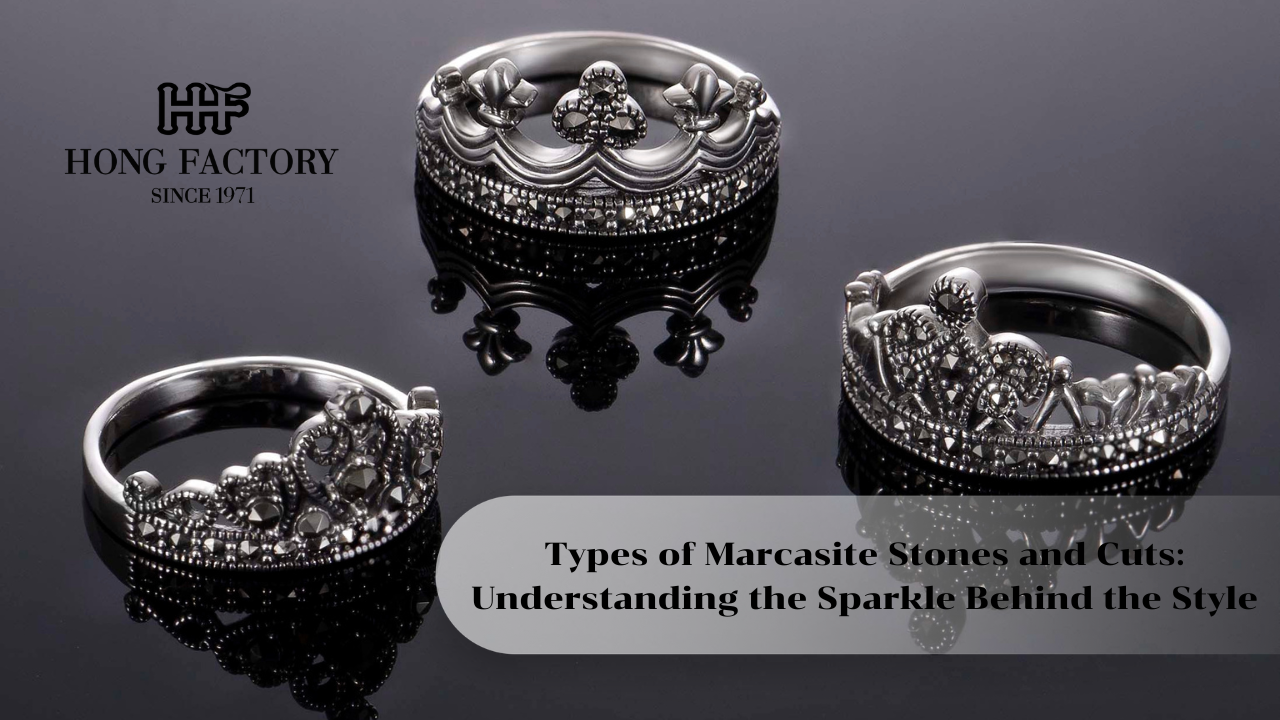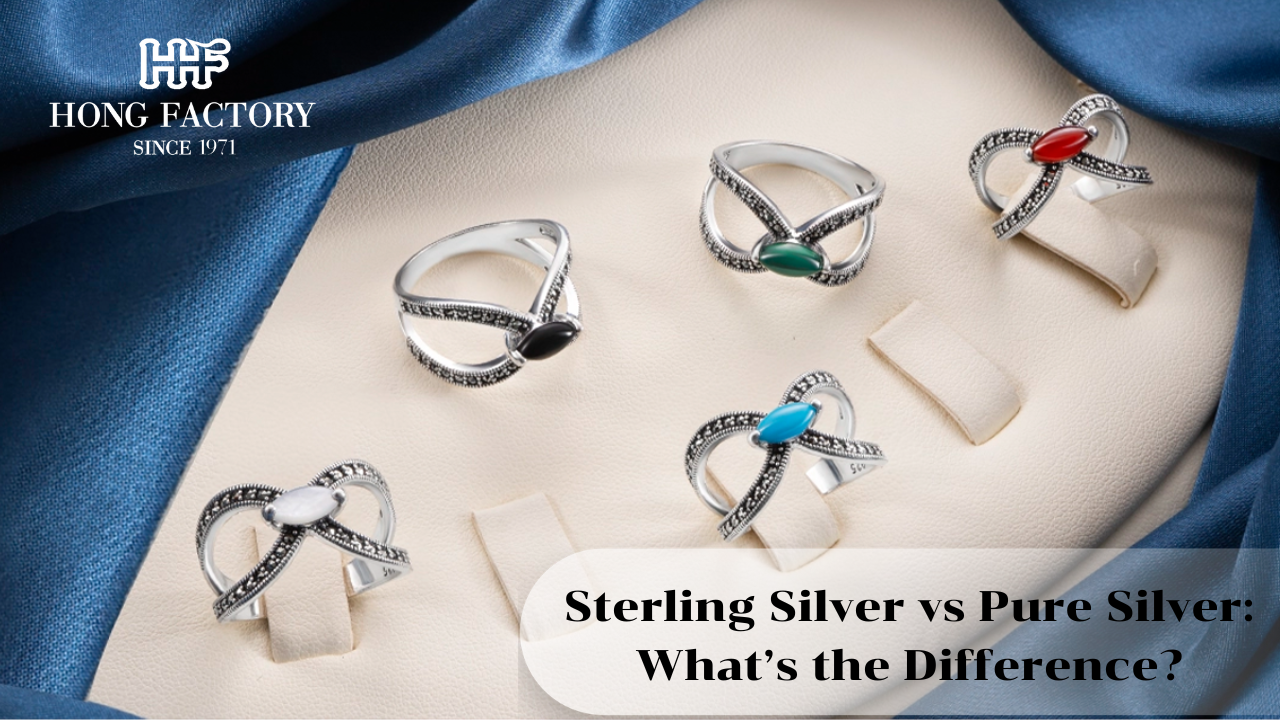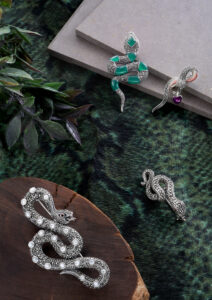
Gemstones with blue and green hues are some of the most admired in the jewellery world. Among them, turquoise and aquamarine stand out for their beauty and cultural significance. While they may look similar in certain shades, they differ in origin, durability, symbolism, and value. This article highlights the key differences between turquoise and aquamarine, helping buyers choose the right gemstone for their needs. marcasite
Origins of Turquoise and Aquamarine
Turquoise is a copper-rich mineral that forms in arid regions, often found in Iran, the United States, and China. It has been valued for thousands of years in ancient Egypt, Persia, and Native American cultures. Aquamarine, on the other hand, belongs to the beryl family, the same group as emerald. Its name means “water of the sea,” reflecting its blue-to-green hues, and it is typically sourced from Brazil, Pakistan, and parts of Africa.
Physical Characteristics of Turquoise
Turquoise is known for its blue-green color, often with dark veins or matrix running through it. It ranks 5 to 6 on the Mohs hardness scale, making it relatively soft compared to other gemstones. This softness means turquoise requires extra care and is more suitable for pendants, earrings, or ornamental pieces rather than heavy-wear rings.
Physical Characteristics of Aquamarine
Aquamarine is harder and more durable, ranking 7.5 to 8 on the Mohs scale. Its colors range from pale blue to deep sea-blue, often with excellent clarity and brilliance. Unlike turquoise, aquamarine is typically faceted, allowing it to sparkle more vividly in jewellery settings.
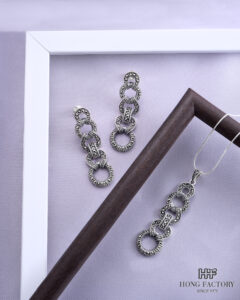
Symbolism and Meaning
- Turquoise: Symbolizes protection, healing, wisdom, and friendship. It has been used as a talisman for centuries.
- Aquamarine: Represents calmness, clarity, and courage. Historically, sailors wore it as a charm for safe travels.
Both gemstones carry positive meanings, but turquoise is more associated with cultural traditions, while aquamarine is linked to emotional balance and serenity.
Price and Value
Turquoise is generally more affordable due to its availability, though rare high-quality pieces can fetch higher prices. Aquamarine is considered a semi-precious gemstone with higher value, especially for stones with deep blue color and high clarity. Because of its durability and brilliance, aquamarine is often seen in luxury jewellery collections.
Jewellery Applications
- Turquoise: Often used in bohemian, ethnic, and artisan jewellery. Works well in pendants, drop earrings, and beaded necklaces.
- Aquamarine: Popular in fine jewellery, especially rings, engagement pieces, and elegant pendants due to its sparkle and durability.
Caring for Turquoise and Aquamarine
- Turquoise: Keep away from chemicals, perfumes, and sunlight. Store separately and clean gently with a damp cloth.
- Aquamarine: More durable but should still be protected from scratches. Clean with mild soap and warm water for lasting brilliance.
Both turquoise and aquamarine bring unique beauty to jewellery collections. Turquoise stands out for its cultural heritage, symbolic meaning, and earthy charm, while aquamarine offers brilliance, durability, and refined elegance. Whether you prefer the protective aura of turquoise or the serene sparkle of aquamarine, both gemstones remain timeless choices for jewellery lovers.

